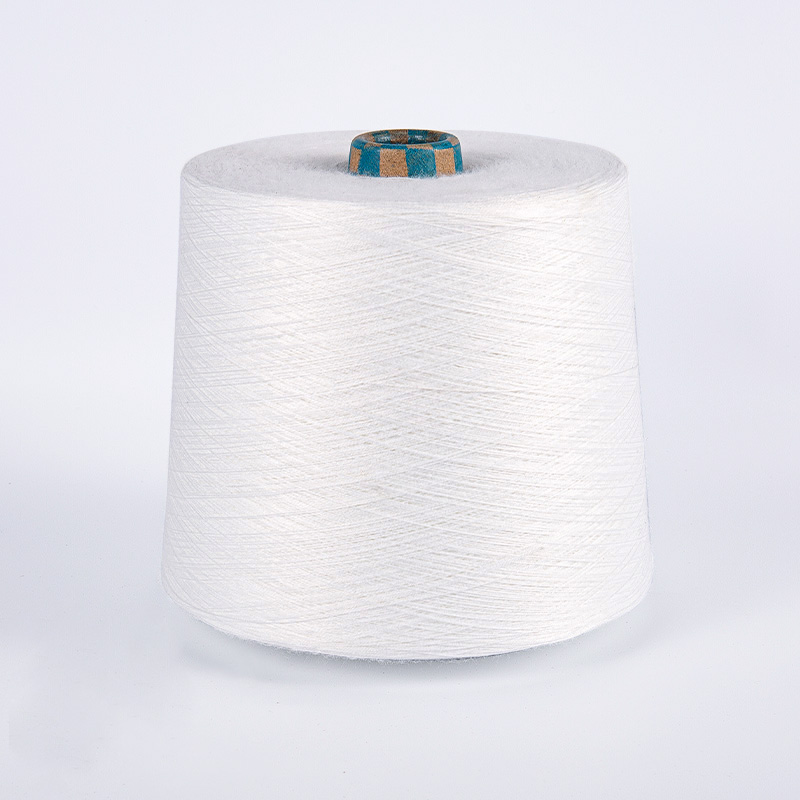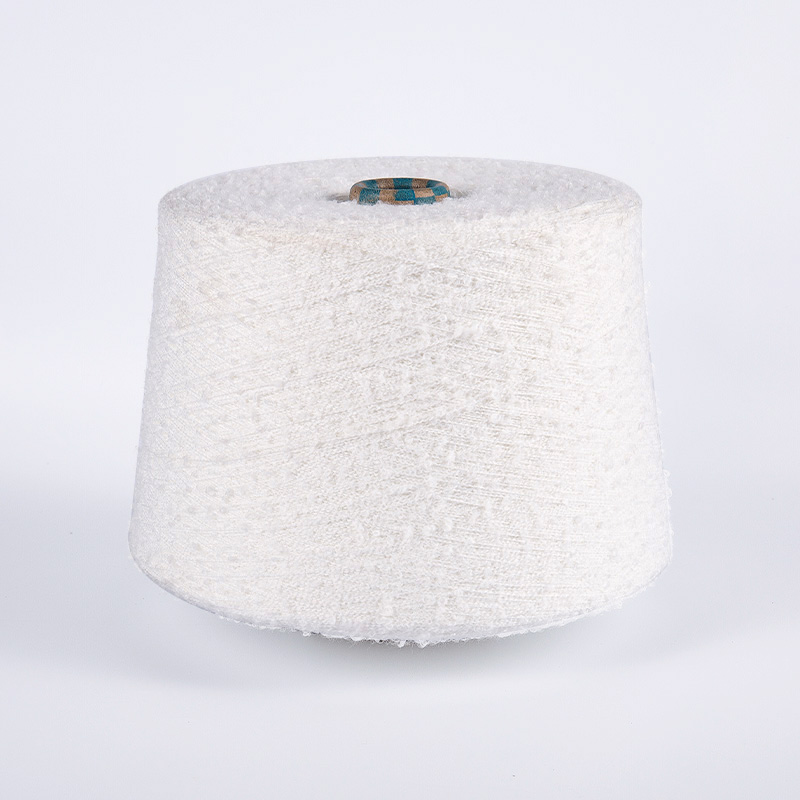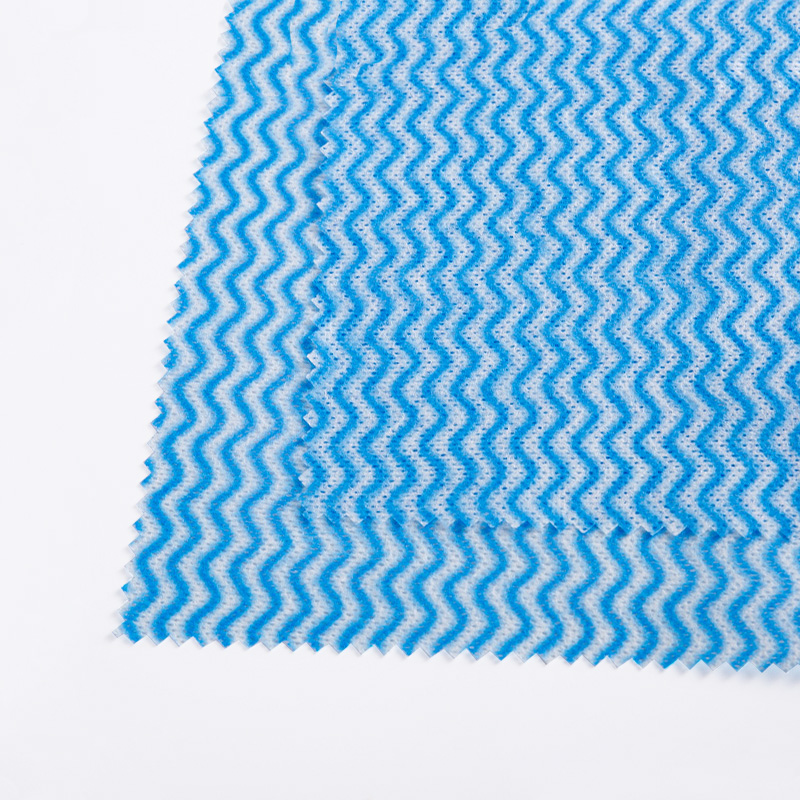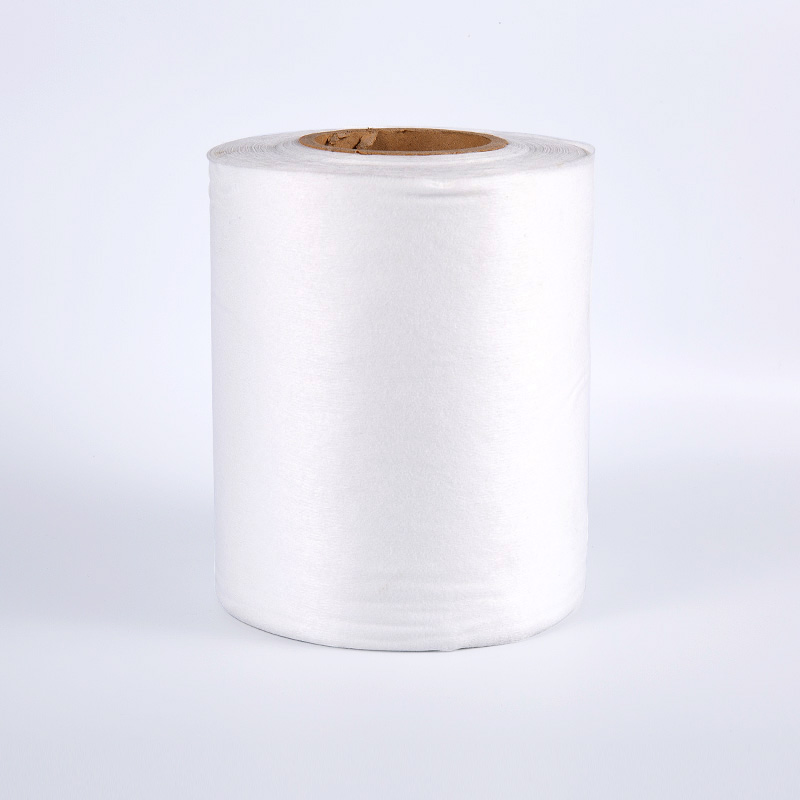
Viscose yarn: The new soft favorite among regenerated fibers, why is it favored by the textile industry?
Posted by Admin | 15 Jul
As the global textile industry moves towards a new era of sustainability, comfort and functionality, viscose yarn, as a regenerated fiber with the touch of natural fibers and the performance of synthetic fibers, gradually stands out from many fiber materials. The wide application of viscose yarn and the expanding market demand reflect the industry's deep dependence on environmentally friendly materials and high-performance yarns. It not only represents the extension of the green textile trend, but also plays an increasingly important role in clothing, home textiles and high-end functional fabrics.
The essential advantage of viscose yarn: the fusion of natural touch and industrial performance
Viscose yarn is a regenerated fiber yarn made of natural cellulose through chemical processing. Its biggest feature is that it combines the softness and skin-friendliness of cotton with the strength of synthetic fibers. This structure makes viscose yarn not only have good moisture absorption and breathability, but also has good dyeing uniformity and color brightness, which meets the dual requirements of modern textiles for comfort and beauty. Viscose yarn has good spinnability and blending performance in the textile process, and can be efficiently combined with a variety of yarns such as polyester, acrylic, nylon, etc. to meet the needs of different fabrics.

The cross-sectional shape and smooth surface of its fibers also give the finished fabric a soft feel and drape, and it has obvious advantages in terms of skin comfort. This bridge between natural and synthetic properties allows viscose yarn to be widely adapted in multiple textile fields, providing textile companies with more process flexibility.
The outlet of sustainable development: viscose yarn leads the new trend of environmentally friendly fibers
As the global call for environmentally friendly and sustainable materials becomes stronger, viscose yarn occupies a place in the field of green fibers because it is derived from natural wood pulp and is biodegradable. Compared with petroleum-based synthetic fibers, viscose yarn has lower carbon emissions. If a closed solvent recovery system is used during the processing process, the impact on the environment can be further reduced.
Accelerated application expansion: viscose yarn emerges in many fields
The flexibility and good weaving adaptability of viscose yarn make it blossom in the fields of clothing, home textiles, functional fabrics, etc. In the field of clothing, it is widely used to make close-fitting clothing, fashionable women's clothing and high-end casual wear. Its skin-friendly and natural texture are deeply loved by consumers. Its good moisture absorption and perspiration performance also makes it one of the preferred fabrics for summer clothing.
In the field of home textiles, viscose yarn is widely used in bedding, curtains, sofa covers and other products. Its elegant drape and delicate luster can enhance the overall quality of the home space. With the continuous advancement of technological textiles, viscose yarn has gradually been introduced into the development of functional fabrics. Through the compounding with elastic fibers and antibacterial fibers, composite materials with both comfort and functionality are created, expanding its potential space in sports, medical and high-end professional wear.

Technological innovation drive: the future development path of viscose yarn
At present, the production and application of viscose yarn are in a continuously upgraded technology cycle. The industry is constantly making breakthroughs in raw material improvement, production process optimization and functional extension. On the one hand, by improving spinning technology and fiber structure control, a finer and more uniform fiber diameter can be achieved, and the stability of yarn quality can be improved; on the other hand, through functional finishing or cross-linking technology, viscose yarn can have a variety of new properties such as antibacterial, flame retardant, and UV protection, bringing more possibilities for product development.
Viscose yarn is no longer just a substitute for cotton, nor is it a regenerated fiber in the traditional sense. It is a concrete practice of the concept of sustainability in the textile industry, and it is also a balanced expression between functionality, comfort and aesthetics. Driven by the dual trend of environmental protection and technological innovation, viscose yarn is gradually transforming from a "supporting role" to a "value center".
+86-18058809000
+86-571 86218111



 English
English 中文简体
中文简体






